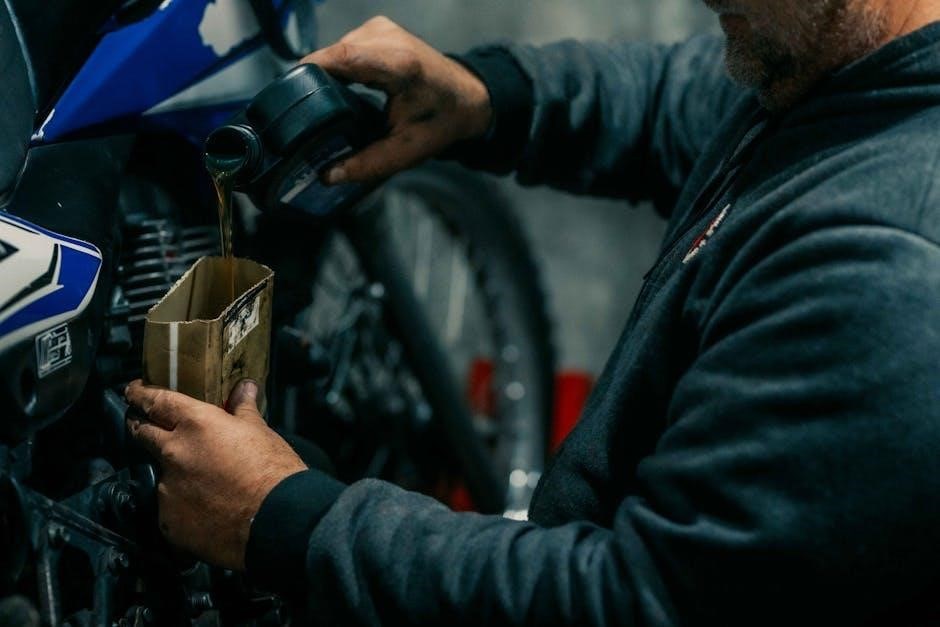manual starter motor
Manual starter motor is a simple device used to start and stop motors, consisting of a contactor and overload relay, providing basic control functions.
Definition and Purpose
A manual starter motor is defined as a device used to start and stop motors, with its primary purpose being to provide a safe and controlled means of motor operation. The manual starter motor is designed to handle the high inrush currents associated with motor starting, while also providing overload protection to prevent motor damage. This device is commonly used in industrial and commercial applications where motor control is required, and its purpose is to ensure reliable and efficient motor operation, with a focus on safety and protection of the motor and surrounding equipment always.
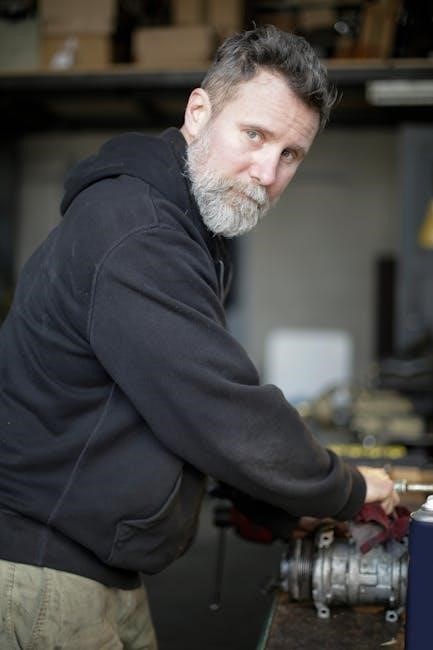
Components of Manual Starter Motor
Manual starter motor components include contactors and overload relays, providing control functions always.
Contactor and Overload Relay
The contactor and overload relay are essential components of a manual starter motor, working together to provide control and protection functions. The contactor handles the switching of power, while the overload relay protects the motor from damage due to excessive current. This combination ensures safe and reliable operation of the motor, preventing damage and reducing downtime. The contactor and overload relay are designed to work together seamlessly, providing a simple and effective solution for motor control and protection, making them a crucial part of any manual starter motor system always used.
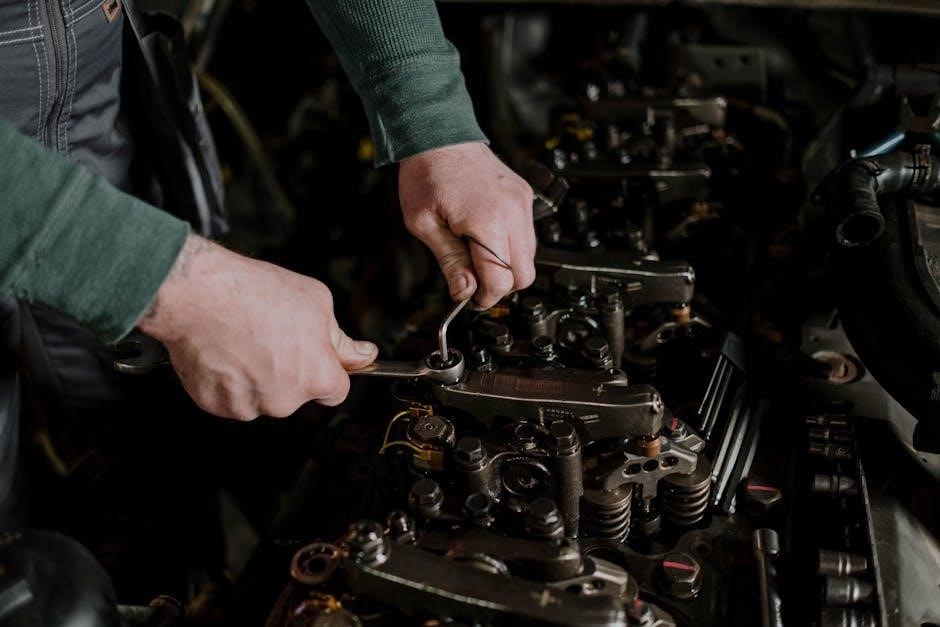
Types of Manual Starter Motor
Manual starter motors include various types, such as direct online starters, providing different control options always available for use now easily.
Three-Point Starter
A three-point starter is a type of manual starter motor used for controlling DC motors, it has an electromagnet in the field circuit, providing a simple and effective way to control motor speed and torque, the starter drops out if the field is lost, protecting the motor against damage, this type of starter is commonly used for shunt and compound motors, and is known for its reliability and ease of use, making it a popular choice for various industrial applications, with a simple and compact design.
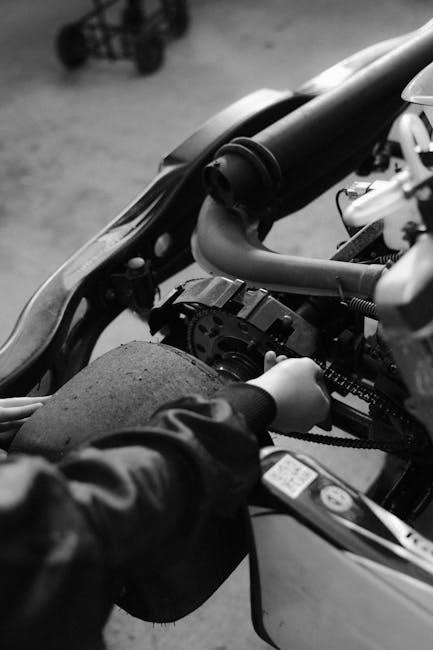
Wiring Diagram of Manual Starter Motor
Manual starter motor wiring diagrams show connections between components, following specific standards and regulations, ensuring safe and proper installation always matters.
Motor Starter Wiring Diagram
A motor starter wiring diagram is a visual representation of the connections between the starter components, including the contactor, overload relay, and control circuit. The diagram provides a clear understanding of how the starter works and helps with installation, troubleshooting, and maintenance. It shows the flow of electrical current and the relationships between the different components, making it an essential tool for electricians and technicians working with manual starter motors and other types of motor starters, ensuring safe and proper connections are made always.
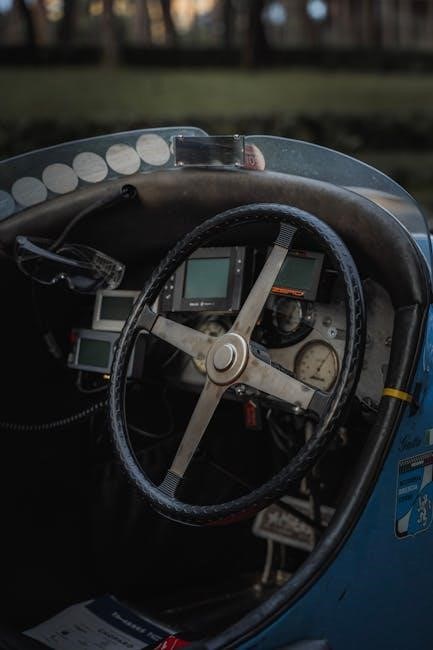
Applications of Manual Starter Motor
Manual starter motors are used in industrial and construction markets for local control of equipment and machinery operations always safely.
Industrial and Construction Markets
Manual starter motors are widely used in industrial and construction markets for controlling and protecting motors in various applications, including pumps, fans, and conveyors. They are used to start and stop motors, providing a safe and reliable way to control equipment. The manual starter motor is a cost-effective solution for industrial and construction applications, where a simple and reliable control system is required. They are used in a variety of settings, including factories, construction sites, and other industrial environments, where they provide a safe and efficient way to control motors.
Control Circuit of Manual Starter Motor
Control circuit includes manual switch and automated control for reliable motor operation always.
Manual Switch and Control Circuit
A manual switch is a motor controller operated by a mechanical linkage from a toggle handle or rotary handle, providing local control of equipment, with the control circuit including a manual switch and automated control for reliable motor operation, the manual switch is used to start and stop the motor, and the control circuit is used to monitor the motor’s performance and protect it from damage, the manual switch and control circuit are essential components of a manual starter motor, providing a simple and reliable way to control the motor.
Protection of Manual Starter Motor
Overload protection is essential for manual starter motor to prevent damage and ensure safe operation always and reliably every time.
Overload Protection
Overload protection is a critical component of manual starter motors, preventing damage from excessive current. This protection is typically provided by an overload relay, which monitors the motor’s current draw and trips if it exceeds a predetermined threshold. The overload relay is usually integrated into the manual starter motor, providing a comprehensive protection solution. By preventing overloads, manual starter motors can ensure safe and reliable operation, reducing the risk of motor damage and extending their lifespan, making them a crucial component in various industrial applications, including construction and manufacturing settings always.
